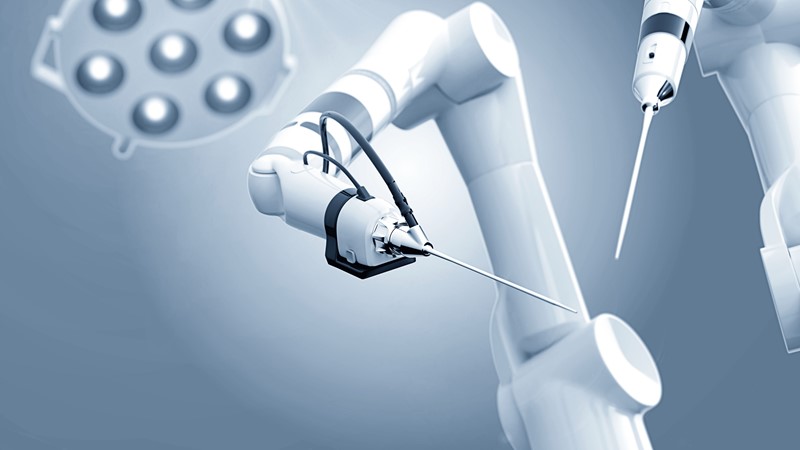Remote working made easy, taken farther with 5G

5G will see the blurring of hardware and software. The power of software will greatly boost the computational power of devices, without improving the hardware. The capabilities of devices will thus be enhanced and furthermore, make best use of the skills and talent of the creator.
“AI and Internet of Things (IoT) innovations will enable devices to collect and analyse data and interact in real time, leading to industrial and retail innovations, along with automation, especially when 5G is more mature,” says Lam. An obvious area of significant change will be the transmission of data about the human body. Wearable devices are proliferating, but what we may see is more data being made available for people to understand the effects of their lifestyle and how to improve health.
In hospitals, doctors will get access to massive health data, videos and data from intelligent medical devices, in order to diagnose and predict patients’ conditions. 5G will support transmission of health data and monitoring in real time, while allowing for the connection of other medical equipment.
So, will medical workers be able to work from home? One may think that this will only apply to people involved in soft skills and office work, but maybe one day even surgeons will be able to work remotely – all via 5G. Surgery via remote livestreaming is being discussed as a real possibility in the near future, along with telesurgery by robots acting autonomously.
Let’s say you are a patient with a rare condition that only a select set of doctors have the specialisation to deal with. Or what if you need surgery but your surgeon is not able to get there in time? With 5G, a scenario is possible where robots can be controlled from a distance with the support of real time data transmission, to both monitor the patient and also support the necessary VR and tactile sensing systems needed to complete the surgery. This will no doubt improve both the medical industry and save lives.

Taking risk away of dangerous activities : The drive to create 5G stems from seeing the potential for improving life as we know it. In Hong Kong for example, industrial enterprises offer employment to thousands, however they are often fraught with danger. On-site accidents are common place – but what if you could eliminate all the peril by using drones to carry out remote control repairs on high-rise buildings, operate heavy machinery via 5G-controlled robotics, or clear up industrial accidents without the need for people onsite?

5G implementation at the starting gates: We’re all aware of the frustrations with livestreaming. The latency is often terrible, either from the creator or viewer, the video and audio become degraded and then people eventually give up and switch off. 5G will take the frustration and pain away, allowing for a beautiful high-resolution experience that can take wired operations out of the equation, but still provide the quality we all expect and crave.
Read More: Looking beyond 5G
Contact Us

